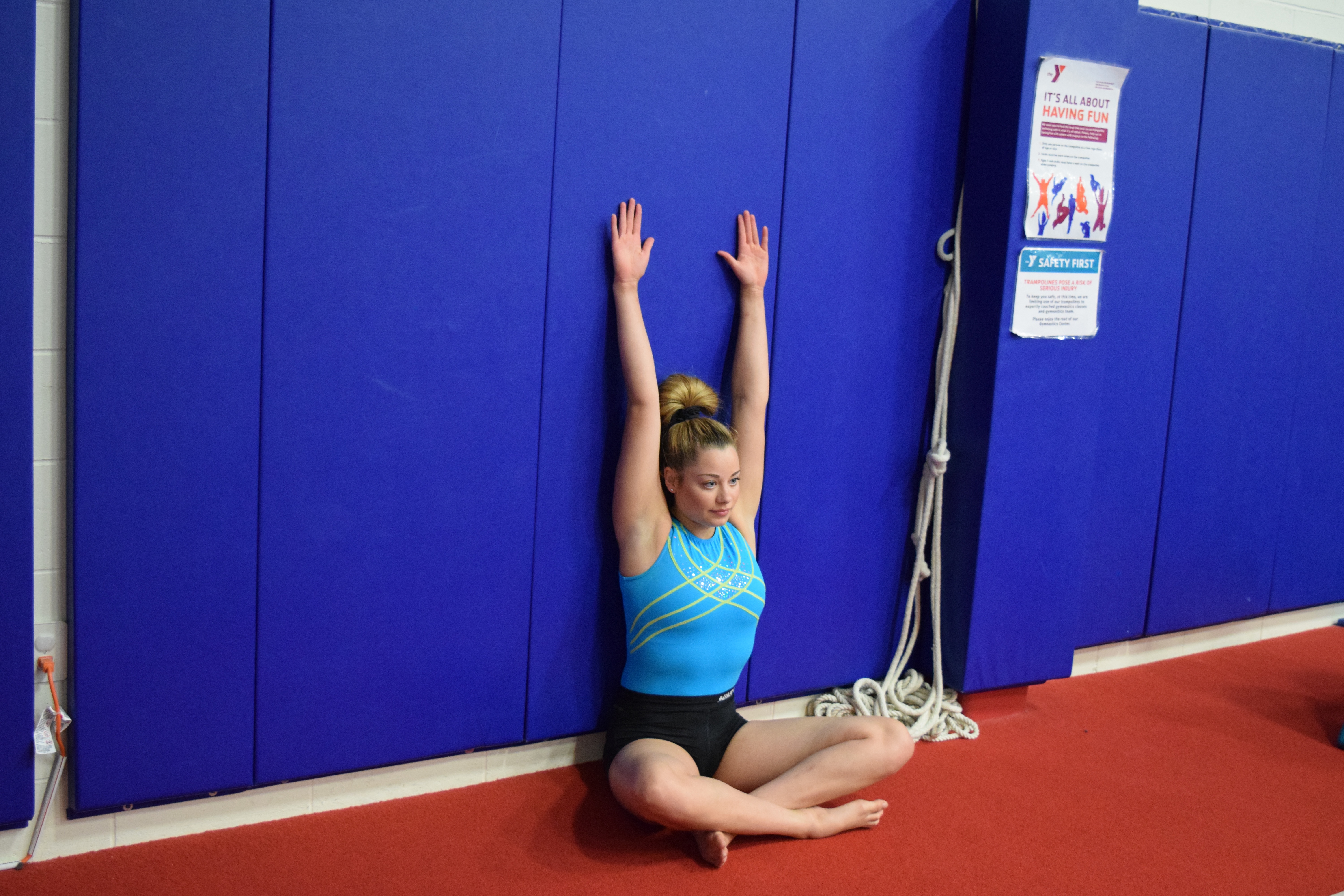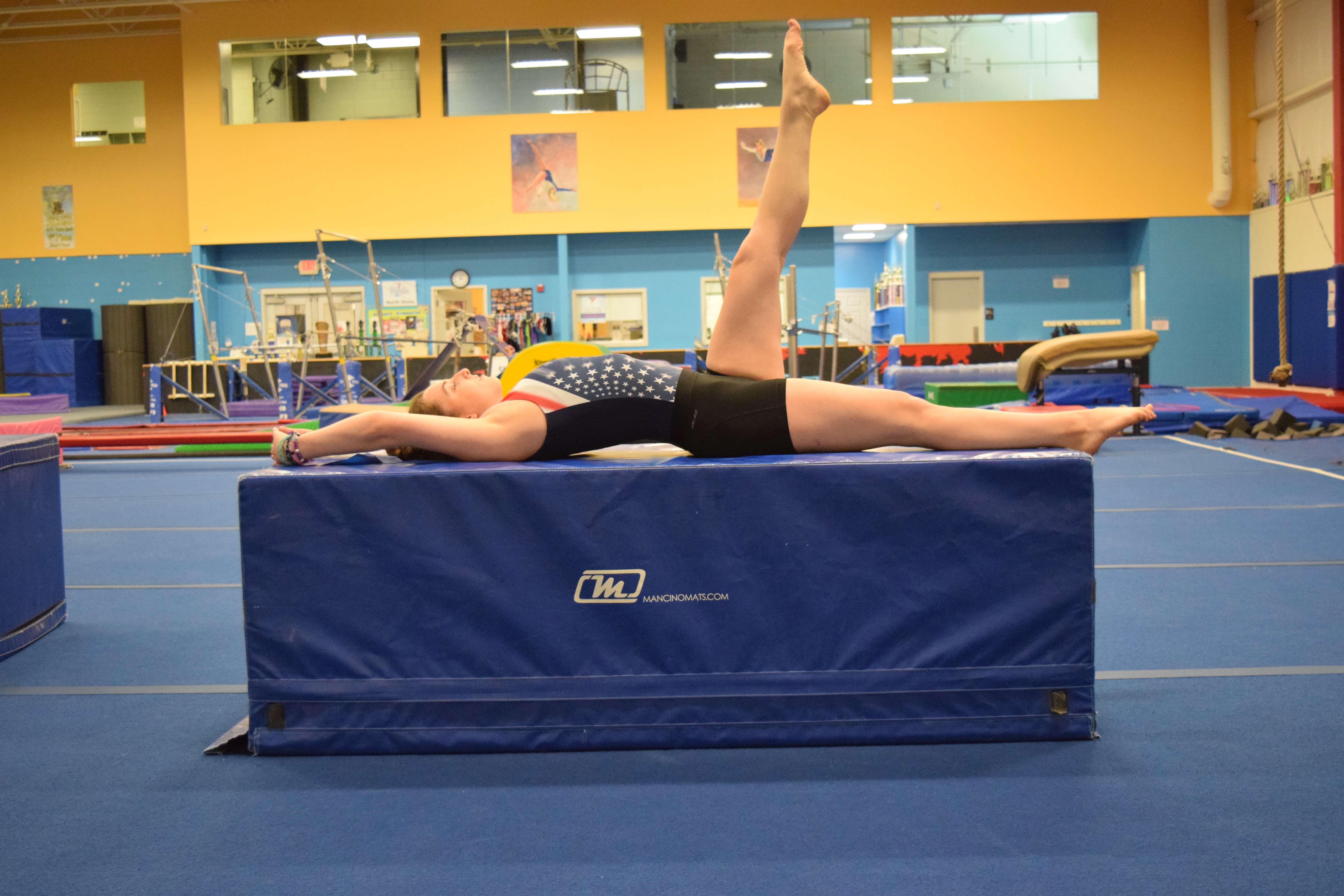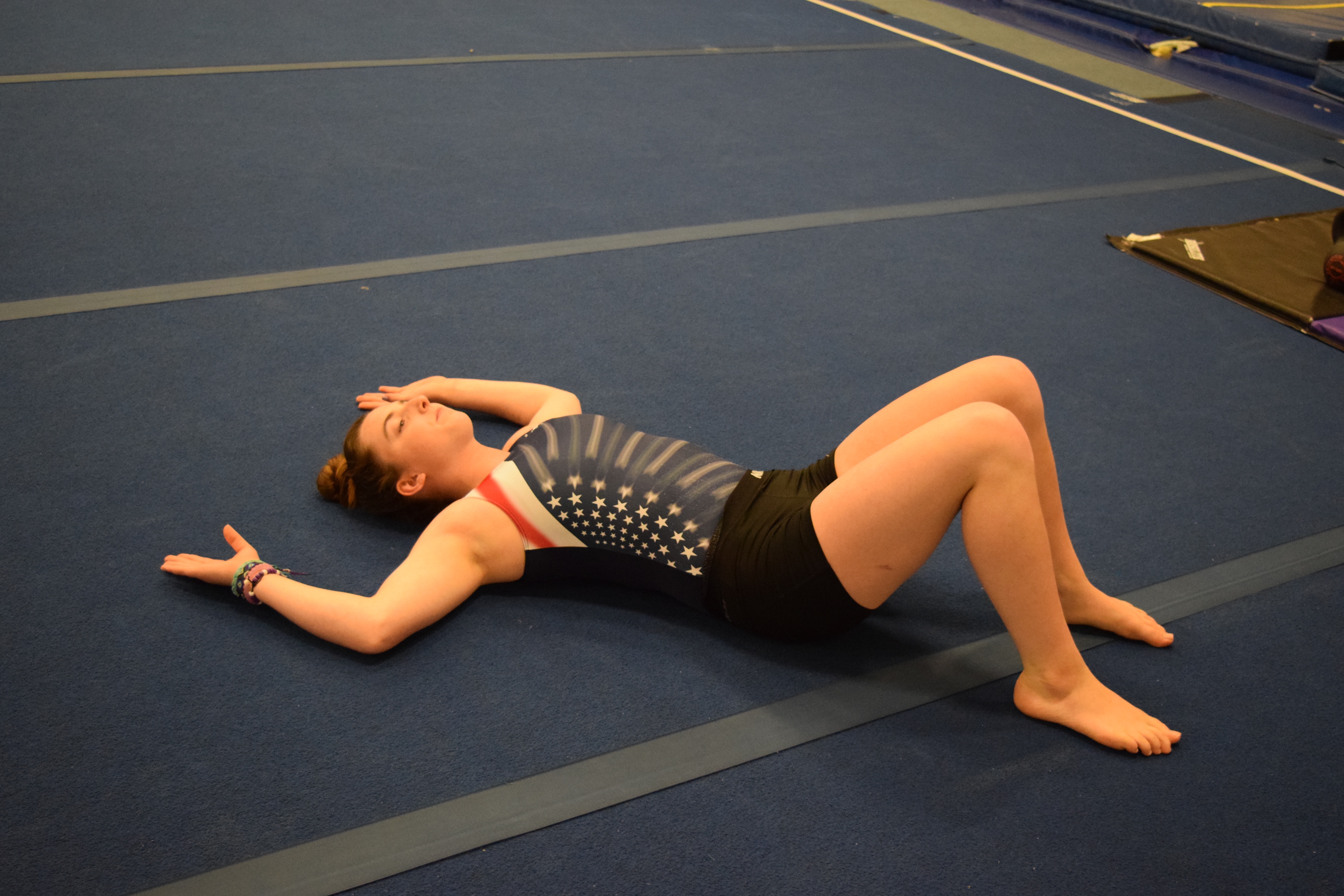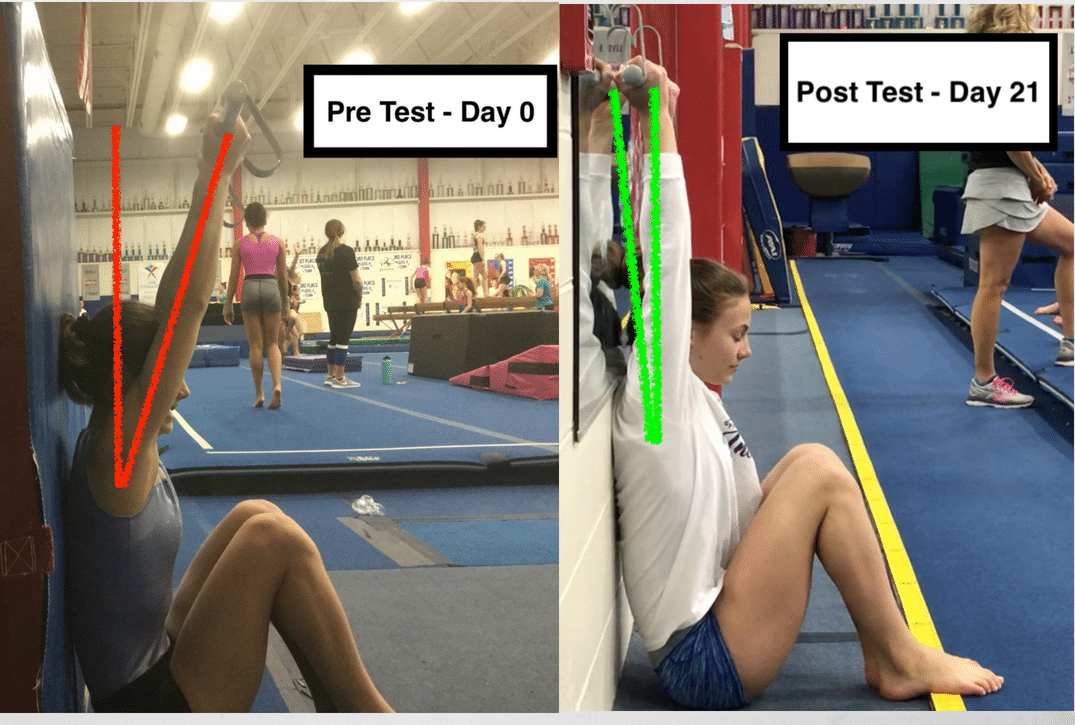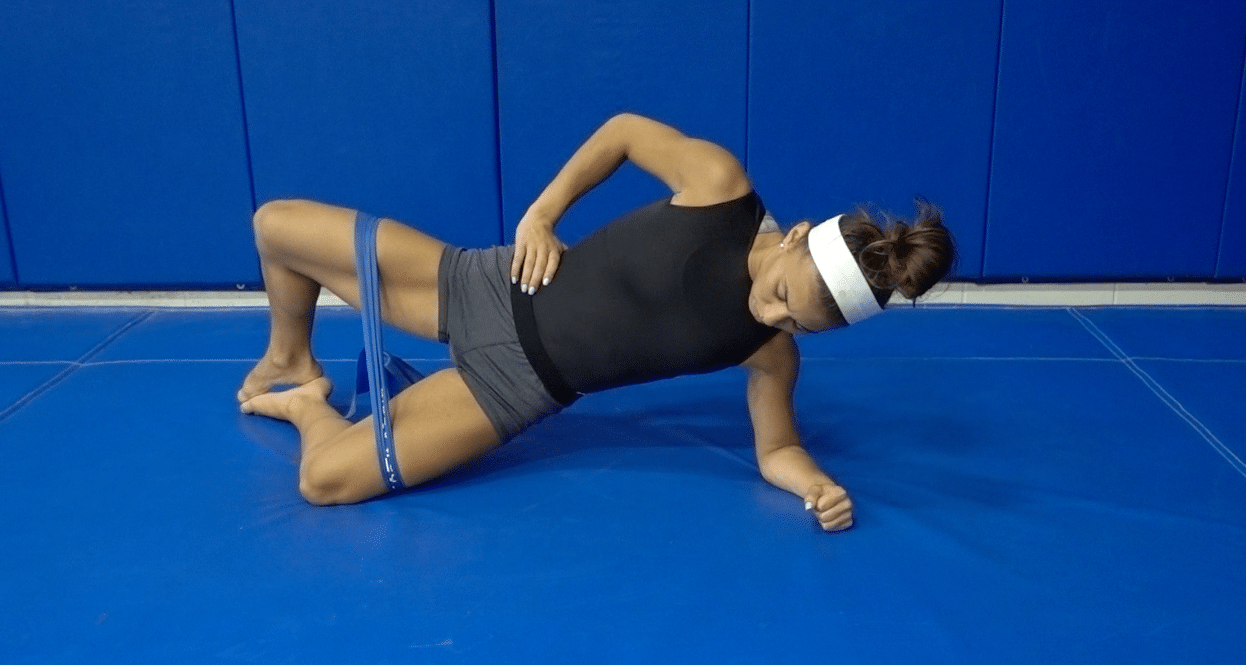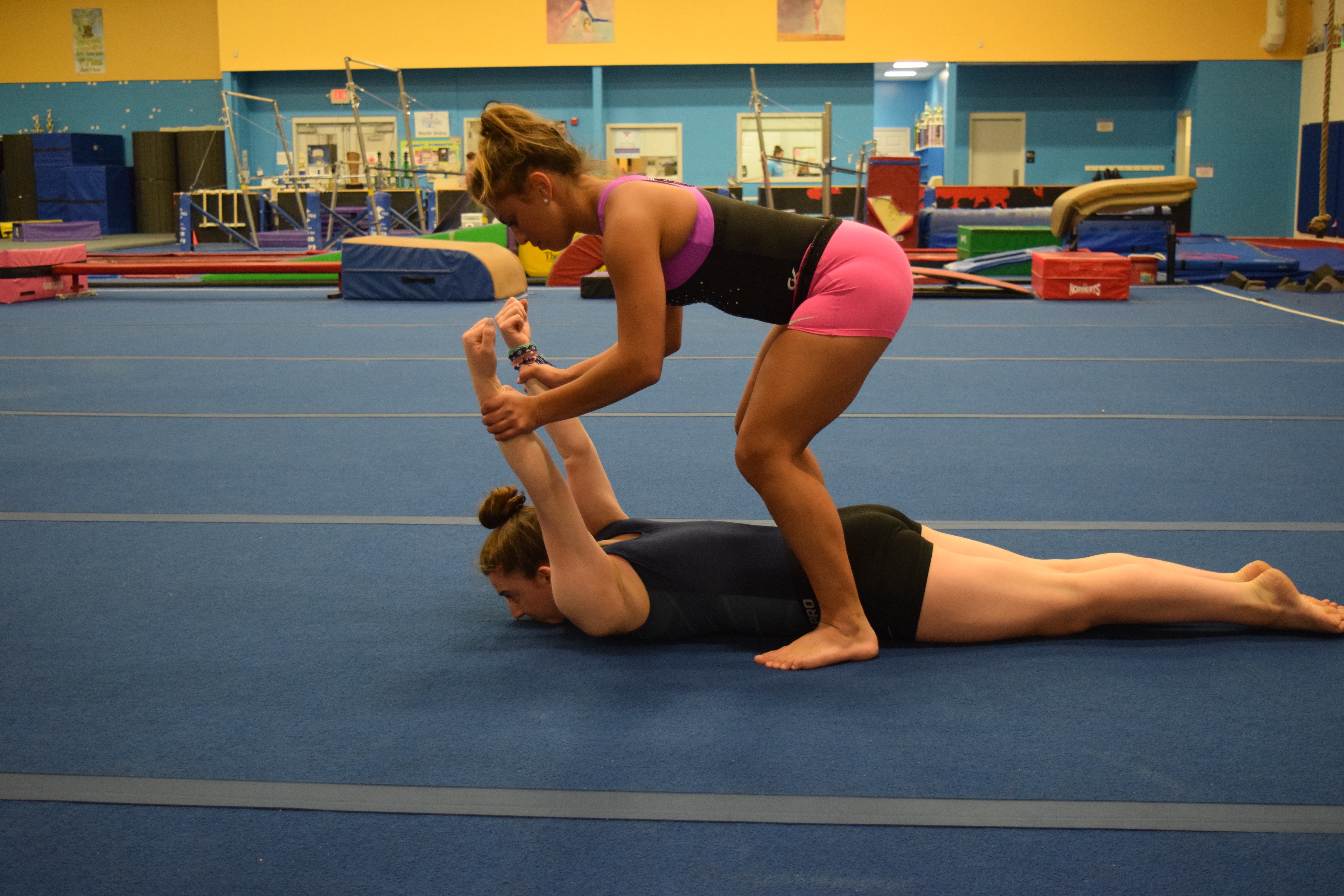Improving Overhead Mobility and Transferring It To Handstands : “Overhead Shoulder Performance Complex” Example
I had a great response from the post I put up a few weeks ago related to improving split mobility through one variation of the “Hip Performance Complex” I have been playing around with. I think this approach to changing movement and building it into skill performance can be really beneficial.
I wanted to offer another one of these complexes for an equally important area of training, which is overhead movements and handstand work. I think this complex is especially good for those athlete’s struggling with the mobility aspect. But it also has some drills I use a lot to help build overhead control, which I feel is even more important.
There’s a few things to think about before showing the complex,
- Although the complex is aimed to walk through a progression of movement, I bias it for each gymnast based on if they need more mobility or control. The gymnasts that were naturally mobile spent more time on the control aspect, and the gymnast that were lacking motion spent more time on the mobility aspect.
- Pay special attention to the first 2 gymnasts in the pre-test line during the video. These are the gymnasts who have been struggling with overhead motion and you can see them make some appreciable changes within just 1 round of the complex.
- One gymnast (1st in the line) showed a limitation in thoracic motion, and she was given a breathing/thoracic spine mobility drill that helped out. There is much more to overhead motion than just “should flexibility”. If your interested in learning more about that concept, check out an article I wrote last year on it.
Shoulder Performance Complex Example for Handstand Work
Here is the outline of the complex, then a short video showing 4 of our gymnasts doing the complex retesting motion as they go. The complex was
- Pre-Test of overhead mobility
- Self soft tissue work to underarm and anterior chest structures
- Gravity assisted “Wall Angels”
- Thoracic Mobility Work for 1 gymnast who showed restriction
- Re-Test overhead mobility
- Reach, Roll, Lift Drill
- Gravity Resisted “Wall Angels”
- Re-Test overhead mobility
- Cast Handstand Shaping Drills, Hand Stand Drills, etc
These are just a few drills in each category, but the list could go on depending on what was limited/which skill you were looking to improve. Say if someone was looking to improve one arm overhead control like in a blind change or pirouette. I may go for lateral core integration, Turkish Get Ups with rotations, and follow it up with single rail drills at a wall after. There are lots of variations I have brainstormed related to other skills or movement profile focuses.
Also, I purposefully had the gymnast who had the most limited mobility go the rest of the week without doing anything more outside of regular training to see if there were any long lasting changes. 5 days later I had her retest and it seemed like the thoracic mobility stuck really well, and that the overhead mobility retain a decent amount of it, but not all. From now on she’s going to do it every day before practice to keep aiming for improvements.
Concluding Thoughts
Like I noted with the first post, this is something the gymnast needs to keep up with to help see continued progress. The big kicker is that to truly make long lasting changes “stick”, they need to be stressing proper technique and use of the overhead mobility during skill work. This allows for the end goal of better performance to be achieved. Also like I noted, it’s not a fix all and may not make such big changes in everyone. Someone struggling with this overhead mobility is best suited by getting an in depth movement assessment to find the driver of the issue. The best program is one made just for them based of the assessment. More so, this is not for someone with pain. If they have pain it needs to be evaluated. But for now, I hope everyone liked this and can find it useful. Take care,
– Dr. Dave

